Home>Garden Essentials>How To Harvest Seeds From Lettuce
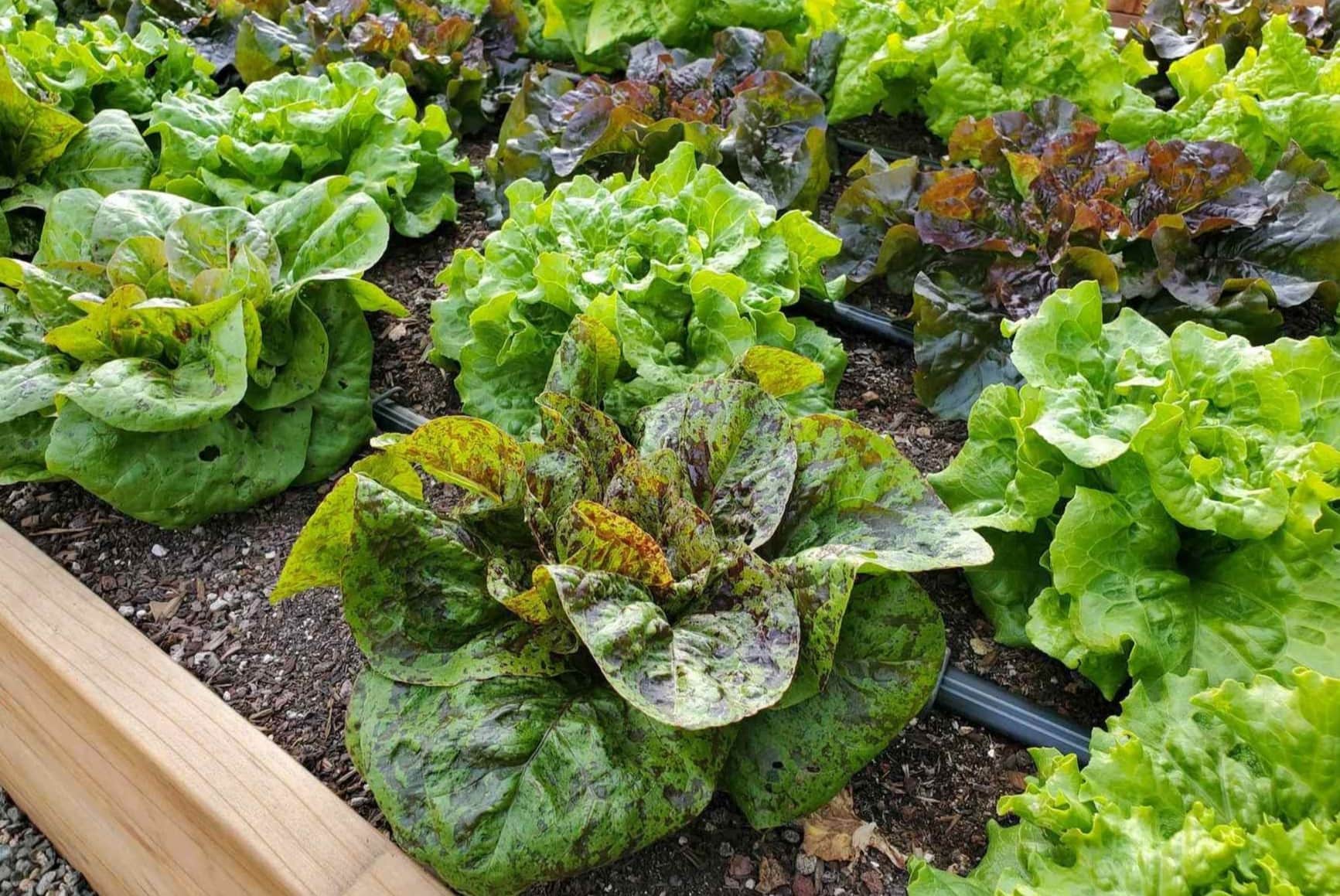

Garden Essentials
How To Harvest Seeds From Lettuce
Modified: August 27, 2024
Learn how to harvest seeds from lettuce in your garden and save them for the next planting season. Discover the simple steps to collect and store lettuce seeds to ensure a bountiful harvest.
(Many of the links in this article redirect to a specific reviewed product. Your purchase of these products through affiliate links helps to generate commission for Storables.com, at no extra cost. Learn more)
Introduction
Welcome to the wonderful world of seed harvesting from lettuce! Whether you are a seasoned gardener looking to expand your knowledge or a beginner eager to embark on a new gardening adventure, learning how to harvest seeds from lettuce can be a rewarding and cost-effective way to grow your garden. By saving and replanting seeds from your lettuce plants, you not only gain a sense of self-sufficiency but also ensure a continuous cycle of growth in your garden.
Harvesting seeds from lettuce has numerous benefits. Firstly, it allows you to preserve the unique characteristics of a specific lettuce variety that you particularly enjoy. This means that you can continue to cultivate your favorite lettuce year after year, without having to rely on purchasing new seeds each season. Additionally, growing lettuce from harvested seeds can be more cost-effective than buying seeds or seedlings from a store. Plus, by saving seeds, you contribute to preserving heirloom and open-pollinated lettuce varieties, protecting the diversity of our food system.
Before diving into the seed harvesting process, it’s important to choose the right variety of lettuce. Not all lettuce varieties are suitable for seed harvesting; some are better suited for fresh consumption. Look for lettuce varieties labeled as “bolt-resistant” or “slow to bolt.” These varieties have a tendency to produce seed heads instead of bolting, which means they are more suitable for seed harvesting.
To successfully harvest lettuce seeds, you’ll need a few essential tools and materials. Gather a pair of clean garden shears or scissors, paper bags or envelopes for seed storage, and a drying rack or tray to help facilitate the drying process. Having these items handy will make the seed harvesting process smoother and more efficient.
Key Takeaways:
- Harvesting seeds from lettuce allows you to preserve favorite varieties, save money, and contribute to biodiversity. With the right techniques, you can enjoy a continuous cycle of growth in your garden.
- By choosing the best lettuce varieties, gathering the right tools, and following proper harvesting and storage methods, you can successfully save and replant lettuce seeds for future bountiful harvests.
Read more: How To Get Seeds From Lettuce
Benefits of Harvesting Seeds from Lettuce
Harvesting seeds from lettuce offers a range of benefits for both gardeners and the environment. Let’s take a closer look at why you should consider incorporating seed harvesting into your gardening practices.
Preserving Unique Varieties: By harvesting seeds from your lettuce plants, you have the opportunity to preserve the unique characteristics of specific varieties that you enjoy. This allows you to continue growing and enjoying the taste, texture, and appearance of your favorite lettuce types year after year.
Cost Savings: Growing lettuce from harvested seeds can be more cost-effective than purchasing seeds or seedlings from a store. Once you’ve mastered the art of seed harvesting, you can eliminate the need to buy lettuce seeds, saving both money and resources.
Fostering Biodiversity: By saving and replanting seeds, you play a vital role in preserving heirloom and open-pollinated lettuce varieties. These unique varieties are often not widely available in commercial seed catalogs, which means your efforts in seed harvesting contribute to maintaining the diversity of our food system.
Adapting to Local Conditions: When you save seeds from lettuce plants that have grown well in your specific garden conditions, you’re essentially creating a strain of lettuce that has adapted to your local climate, soil, and other environmental factors. Over time, these seeds can produce lettuces that are better suited to thrive in your own garden, leading to stronger and more resilient plants.
Educational Opportunities: Harvesting seeds from lettuce provides an excellent opportunity for educational activities. It allows you to learn more about the life cycle of plants and gain a deeper understanding of the intricate processes involved in seed production. It’s also a great way to involve children in gardening and teach them about sustainable practices.
Self-Sufficiency: By becoming proficient in seed harvesting, you become less reliant on external seed sources. This sense of self-sufficiency empowers you to have greater control over your garden, knowing that you can grow and sustain your favorite lettuce varieties without relying on outside sources.
Connection to Nature: Engaging in seed harvesting allows you to witness the full circle of life in your garden. From planting the seeds to nurturing the lettuce plants and finally harvesting the seeds, the process cultivates a deep connection to the natural world and an appreciation for the wonders of plant life.
Overall, harvesting seeds from lettuce offers a multitude of benefits, from cost savings and biodiversity preservation to educational opportunities and a stronger connection to nature. So why not give it a try? Unlock the tremendous potential and rewards of seed harvesting, and watch your garden flourish with the beauty and abundance of homegrown lettuce.
Choosing the Right Lettuce Variety for Seed Harvesting
Not all lettuce varieties are suitable for seed harvesting. Some lettuce types are better suited for consumption when they are young and tender, while others are specifically bred to produce robust seed heads. When selecting a lettuce variety for seed harvesting, consider the following factors:
Bolt Resistance: Lettuce plants have a natural tendency to “bolt,” which means they rapidly begin to produce a seed stalk in response to heat or other environmental stressors. To increase your chances of successful seed harvesting, look for lettuce varieties labeled as “bolt-resistant” or “slow to bolt.” These varieties exhibit a delayed bolting tendency, allowing you more time to gather fully developed seeds.
Flower Type: Lettuce plants produce either self-pollinating flowers or those that require cross-pollination by insects. Self-pollinating flower types, such as loose-leaf lettuces, are easier to work with for seed harvesting because they have a lower risk of cross-contamination from other lettuce varieties. Examples include varieties like ‘Black-Seeded Simpson’ or ‘Oakleaf’ lettuces.
Open-Pollinated or Heirloom Varieties: Open-pollinated or heirloom lettuce varieties are often the best choices for seed harvesting. These varieties have a longer history and are more likely to have stable characteristics and reliable seed production. Many open-pollinated lettuce varieties, such as ‘Parris Island’ or ‘Buttercrunch,’ have been cultivated for generations with specific traits that make them ideal for seed harvesting.
Isolation Requirements: Some lettuce varieties require isolation or specific spacing to prevent cross-pollination with other lettuce types. If you plan to grow multiple lettuce varieties close to one another, consider selecting varieties that have different flowering times or staggered planting dates to minimize the risk of cross-pollination.
Climate Suitability: It’s important to choose lettuce varieties that are suitable for your specific growing conditions and climate. Lettuce is classified into different types, including crisphead, romaine, butterhead, and leaf lettuce. Ensure you select varieties that are well-suited to your climate and can thrive in your local conditions, increasing the chances of successful seed production.
By carefully selecting lettuce varieties that are bolt-resistant, self-pollinating or open-pollinated, and suitable for your climate, you increase the likelihood of a successful and abundant seed harvest. Remember to research and choose varieties that align with your gardening goals and preferences, ensuring a fruitful seed harvesting experience.
Lettuce Seed Harvesting Tools and Materials
To successfully harvest lettuce seeds, you’ll need a few essential tools and materials. Assembling these items in advance will help make the seed harvesting process more efficient and enjoyable. Here are the tools and materials you’ll need:
Garden Shears or Scissors: Choose a clean pair of garden shears or scissors for cutting the lettuce plants during seed harvest. Ensure they are sharp and in good condition to make clean cuts and minimize damage to the plants.
Paper Bags or Envelopes: Use paper bags or envelopes to collect the seed heads. Choose sturdy bags that are large enough to accommodate the seed heads without overcrowding. Avoid using plastic bags, as they may trap moisture and cause the seeds to rot. Label each bag or envelope with the lettuce variety and the date of harvest to maintain proper organization.
Drying Rack or Tray: After harvesting the seed heads, it’s important to dry them thoroughly before storing the seeds. A drying rack or tray allows air circulation around the seed heads and helps prevent mold or fungal growth. Choose a rack or tray with a mesh or grid pattern to allow for proper airflow.
Tweezers or Small Brush: Some lettuce seeds are small and may cling to the seed heads. To separate the seeds from the chaff or attached plant material, you can use tweezers or a small brush. Gently brush or pluck the seeds, ensuring you remove any debris or unwanted material.
Seed Storage Containers: Once the seeds are clean and dry, you’ll need suitable containers for storage. Use airtight glass jars, plastic containers with tight-fitting lids, or seed envelopes designed for long-term seed storage. Ensure the containers are clean, dry, and labeled with the lettuce variety and date of harvest.
Desiccant Packets (Optional): In areas with high humidity, moisture can reduce the quality and viability of the stored seeds. To help absorb excess moisture, you can add desiccant packets to your seed storage containers. Desiccant packets can be found at craft stores or online and are commonly used to prevent moisture damage in various products.
Notebook or Garden Journal: Keeping a notebook or garden journal dedicated to seed harvesting is a valuable resource. Record important details such as lettuce varieties, planting dates, harvest dates, and any observations or lessons learned during the process. This information can be useful for future reference and can help improve your seed harvesting skills over time.
By having the right tools and materials ready, you’ll be well-prepared to harvest, clean, and store lettuce seeds efficiently. Make sure to keep your equipment clean and properly sanitize any tools after each use to prevent the spread of diseases or pests.
After your lettuce plant has bolted and produced flowers, wait for the flowers to turn into fluffy seed heads. Then, gently shake the seed heads into a paper bag to collect the seeds.
Step-by-Step Guide to Harvesting Seeds from Lettuce
Harvesting seeds from lettuce requires a bit of patience and attention to detail. Follow these steps to successfully harvest lettuce seeds:
- Choose the Right Time: Wait until the lettuce plants have bolted and produced seed heads. Bolting is the natural process where the plant sends up a flower stalk and begins producing seeds. The seed heads should be mature and dry, with the seeds turning a light brown or tan color.
- Prepare the Harvest Area: Before starting the harvest, clear the surrounding area of any debris or weeds. This will ensure a clean working space and prevent the spread of pests or diseases.
- Inspect the Seed Heads: Examine each lettuce plant’s seed head individually. Look for seed heads that are fully developed and free from mold or pest damage. Gently shake or tap the seed heads to check if the seeds easily come loose. If the seeds fall out easily, the seed heads are ready for harvest.
- Cut the Seed Heads: Using clean garden shears or scissors, carefully cut the seed heads from the lettuce plants. Leave a small stem attached to the seed head to prevent the seeds from scattering during the harvesting process.
- Collect the Seed Heads: Place the cut seed heads directly into a paper bag or envelope. Avoid overcrowding the bags, as this can cause the seed heads to mold. Label each bag or envelope with the lettuce variety and the date of harvest.
- Dry the Seed Heads: Hang the bags or lay the envelopes containing the seed heads in a well-ventilated area. A drying rack or tray can facilitate the drying process. Allow the seed heads to dry for a few weeks until they are completely dry and brittle.
- Separate the Seeds: Once the seed heads are dry, gently rub or shake them inside the bag or envelope to release the seeds. Alternatively, you can use tweezers or a small brush to pluck out the seeds. Remove any debris, chaff, or attached plant material.
- Store the Seeds: Transfer the clean and dry seeds to airtight containers such as glass jars, plastic containers, or seed envelopes. Place desiccant packets in the containers to absorb excess moisture if necessary. Label each container with the lettuce variety and the date of harvest. Store the seeds in a cool, dark, and dry location.
- Record Keeping: Keep a record of the lettuce varieties, planting dates, harvest dates, and any observations in a garden journal or notebook. This information will be invaluable for future reference and allow you to refine your seed harvesting techniques.
Remember that patience is key when harvesting lettuce seeds. Allow sufficient time for the seed heads to dry thoroughly before proceeding with the seed separation and storage steps. With practice and experience, you’ll become adept at harvesting high-quality lettuce seeds to enjoy in future growing seasons.
Read more: How To Collect Seeds From Lettuce
Cleaning and Storing Lettuce Seeds
Once you have harvested and separated the lettuce seeds from the seed heads, it’s important to clean and properly store them for long-term viability. Follow these steps to ensure your lettuce seeds remain healthy and viable for future planting:
- Pre-cleaning: Before storing the seeds, it’s a good idea to do a pre-cleaning process to remove any remaining chaff or debris. Place the seeds in a fine-mesh sieve or strainer, and gently shake or tap the sieve to remove any loose particles. Alternatively, you can use a small fan or blow lightly over the seeds to help remove the lighter debris.
- Final Cleaning: To further clean the seeds, you can use a process called winnowing. Take the cleaned seeds outside on a calm day or into a well-ventilated space. Hold a sieve or small container filled with the seeds and slowly pour them from one container to another in front of a gentle breeze. The breeze will blow away the lightweight chaff and other debris, leaving behind the clean seeds.
- Drying: After the final cleaning, ensure that the seeds are completely dry before storing them. Spread the seeds out on a clean and dry surface, such as a paper towel or a drying rack, making sure they are in a single layer. Allow the seeds to air-dry for at least 1-2 weeks in a well-ventilated area. Avoid direct sunlight and excessive humidity, as this can affect the quality of the seeds.
- Seed Storage Containers: Once the lettuce seeds are thoroughly dry, transfer them to suitable seed storage containers. Choose airtight containers that are moisture-proof to prevent the seeds from absorbing excess humidity. Glass jars, plastic containers with tight-fitting lids, or seed envelopes designed for long-term storage are excellent options. Label each container with the lettuce variety and the date of harvest.
- Storage Conditions: Store the seed containers in a cool, dark, and dry location. A temperature of around 40-50°F (4-10°C) is ideal for long-term seed storage. Keep the seeds away from direct sunlight, as exposure to light can reduce the viability of the seeds over time. It’s also important to protect the seeds from extreme temperature fluctuations.
- Desiccant Packets: In areas with high humidity, you may choose to include desiccant packets in the seed storage containers. Desiccant packets help absorb excess moisture, reducing the risk of seed damage due to fungal growth or rot. You can find desiccant packets at craft stores or online, or you can create your own using silica gel or rice.
- Record Keeping: Keep a record of the lettuce varieties, planting dates, harvest dates, and any relevant notes about the seed quality or observations in a garden journal or notebook. This information will be valuable for future reference and allow you to track the success of your seed-saving efforts.
By following these steps, you can ensure that your lettuce seeds remain clean and well-preserved for future planting. Proper cleaning and storage techniques will help maintain the viability and quality of the seeds, allowing you to continue growing your own delicious lettuce plants year after year.
Tips for Successful Seed Harvesting
Seed harvesting from lettuce can be a rewarding and enjoyable process. To maximize your success and ensure high-quality seeds, consider the following tips:
- Choose Healthy Plants: Select mature lettuce plants that are healthy and free from diseases or pests for seed harvest. Avoid plants that show signs of stress, damage, or poor growth.
- Allow Sufficient Bolting Time: Give the lettuce plants enough time to bolt and form seed heads before initiating the harvest. Most lettuce varieties take around 8-12 weeks from sowing to mature seed heads, but this can vary. Refer to the specific variety’s recommendations for bolting time.
- Practice Isolation: To maintain the integrity of specific lettuce varieties, consider isolating different lettuce varieties from each other to prevent cross-pollination. This can be achieved by planting different varieties on opposite ends of the garden or using physical barriers, such as netting or row covers.
- Monitor Weather Conditions: Keep an eye on the weather forecast during the seed harvest period. Harvest the seed heads before heavy rain, as excess moisture can lead to mold or rot. Strong winds can also disperse seeds, so consider covering the seed heads with lightweight netting or cheesecloth if windy weather is anticipated.
- Check Seed Maturity: Ensure that the seed heads are fully mature and dry before harvesting. The seed heads should feel dry and brittle to the touch, and the seeds should turn a light brown or tan color. Harvesting the seeds too early may result in lower germination rates.
- Avoid Damp Conditions: Handle the seed heads with care to prevent introducing moisture. Moisture can encourage the growth of mold and reduce seed viability. Avoid harvesting or handling seed heads when they are damp from dew or rain. If necessary, allow the seed heads to dry in a well-ventilated area before proceeding with the harvest.
- Label and Organize: Properly label each bag or envelope with the lettuce variety and date of harvest. This will help you stay organized and easily identify and track your seed collection. Consider using waterproof or fade-resistant markers to ensure legibility over time.
- Store Seeds Properly: Store the lettuce seeds in airtight containers in a cool, dark, and dry location. Moisture, light, and high temperatures can all reduce seed viability. Regularly check the stored seeds for any signs of pests or deterioration and discard any damaged or compromised seeds.
- Continuously Improve: Keep a garden journal or notebook dedicated to seed harvesting. Document your experiences, observations, and lessons learned from each seed harvest. By reflecting on your practices and adjusting them accordingly, you can continue to refine your seed harvesting skills and improve your success rate over time.
Remember that seed harvesting is a skill that improves with practice. Don’t be afraid to experiment, learn from your mistakes, and adapt your techniques to suit the specific requirements of the lettuce varieties you are growing. Enjoy the process and savor the satisfaction of growing and harvesting your own homegrown lettuce seeds.
Conclusion
Harvesting seeds from lettuce is a rewarding endeavor that allows you to preserve unique varieties, save money, and contribute to the biodiversity of our food system. With the right lettuce varieties and proper techniques, you can successfully harvest and store lettuce seeds to enjoy a continuous cycle of growth in your garden.
By choosing bolt-resistant varieties and understanding the different types of lettuce flowers, you can select the best lettuce plants for seed harvesting. Gathering the necessary tools and materials beforehand, such as garden shears, paper bags, and drying racks, ensures a smooth and efficient seed harvesting process.
Following a step-by-step guide, you can harvest lettuce seeds when the seed heads are mature and dry, and separate the seeds from the chaff with careful cleaning techniques. Properly storing the seeds in airtight containers, away from light and moisture, helps maintain their viability for future planting.
To enhance your success, keep in mind the tips shared in this article. Choose healthy plants, allow sufficient bolting time, monitor weather conditions, and practice isolation to preserve the integrity of lettuce varieties. Labeling and organizing your seeds, as well as maintaining a garden journal, enables you to track your progress and continuously improve your seed harvesting skills.
Embarking on the journey of seed harvesting from lettuce not only connects you to nature but also empowers you with self-sufficiency and a deeper understanding of the processes involved in plant life. By saving and replanting seeds, you contribute to the preservation of heirloom varieties and the robustness of our food system.
So, arm yourself with the knowledge and techniques shared in this article. Embrace the joy of seed harvesting and watch as your garden flourishes with healthy, homegrown lettuce plants year after year. Happy seed harvesting!
Frequently Asked Questions about How To Harvest Seeds From Lettuce
Was this page helpful?
At Storables.com, we guarantee accurate and reliable information. Our content, validated by Expert Board Contributors, is crafted following stringent Editorial Policies. We're committed to providing you with well-researched, expert-backed insights for all your informational needs.
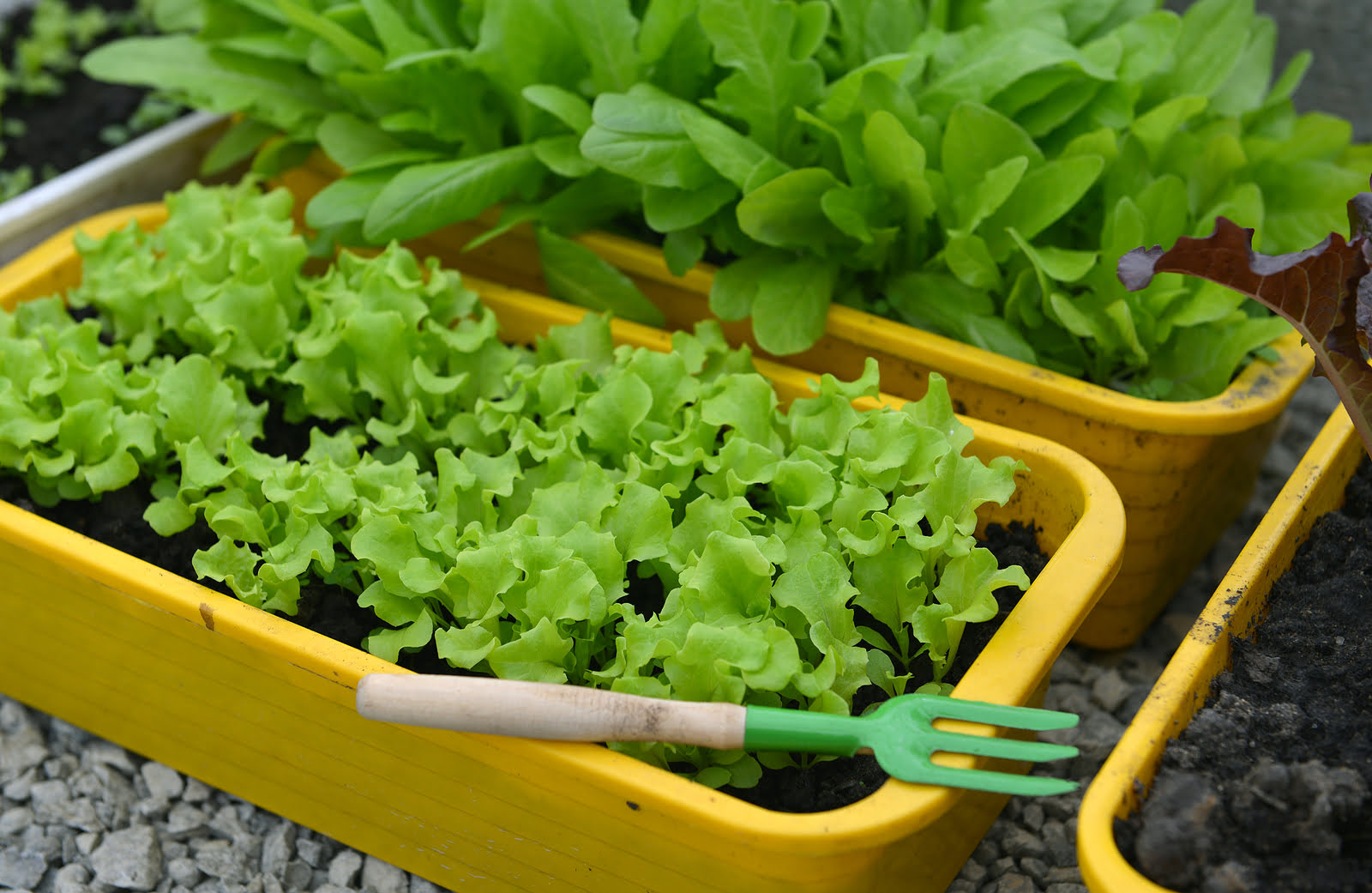
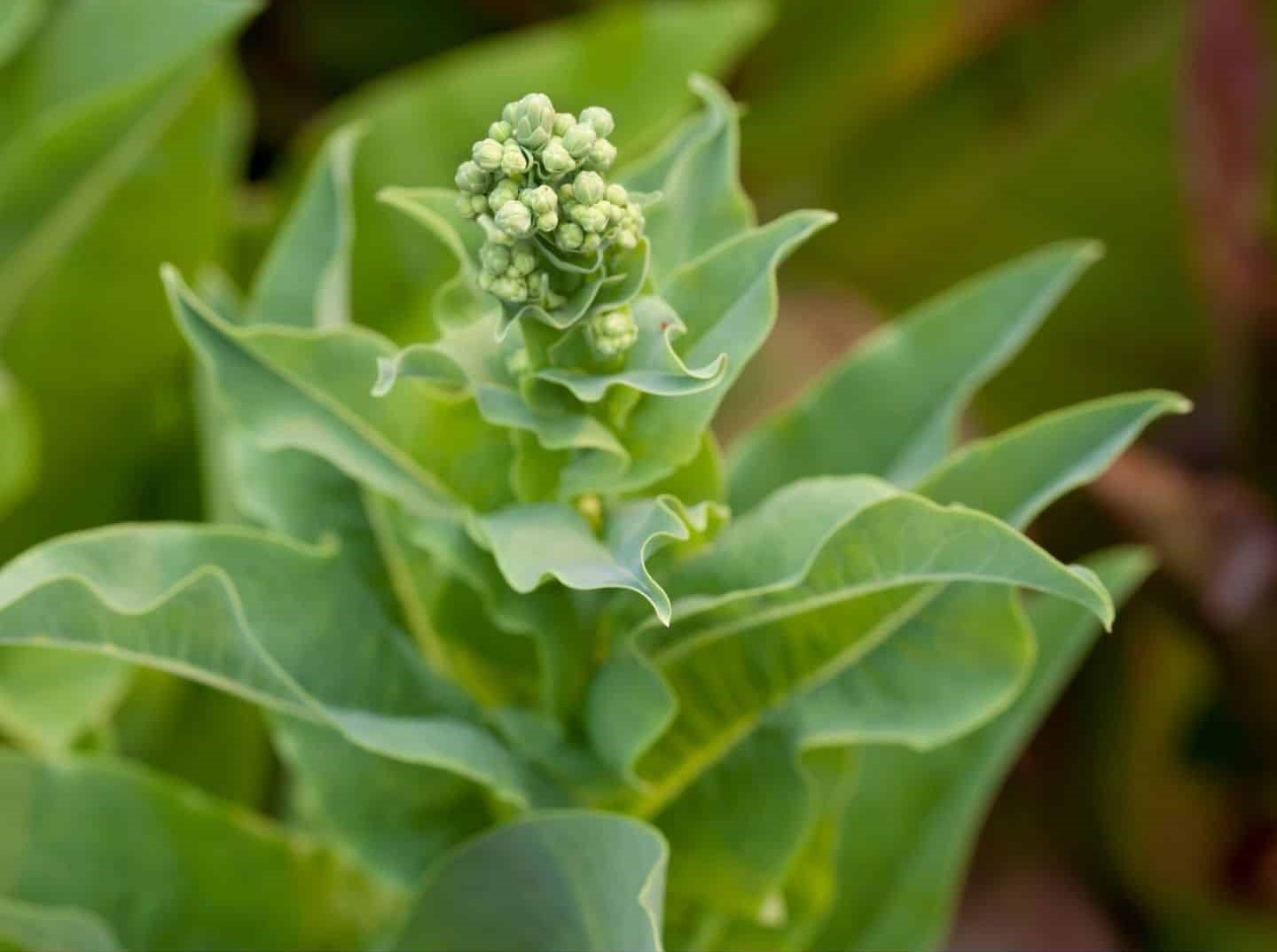
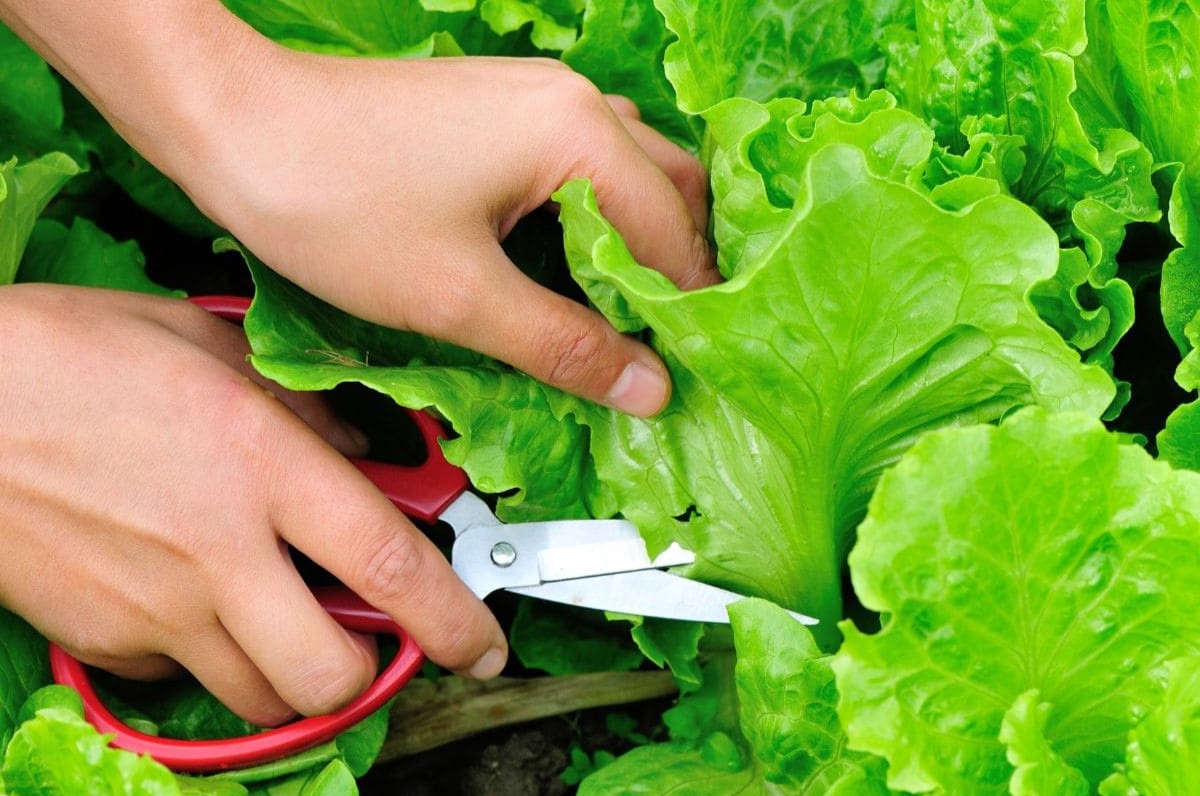
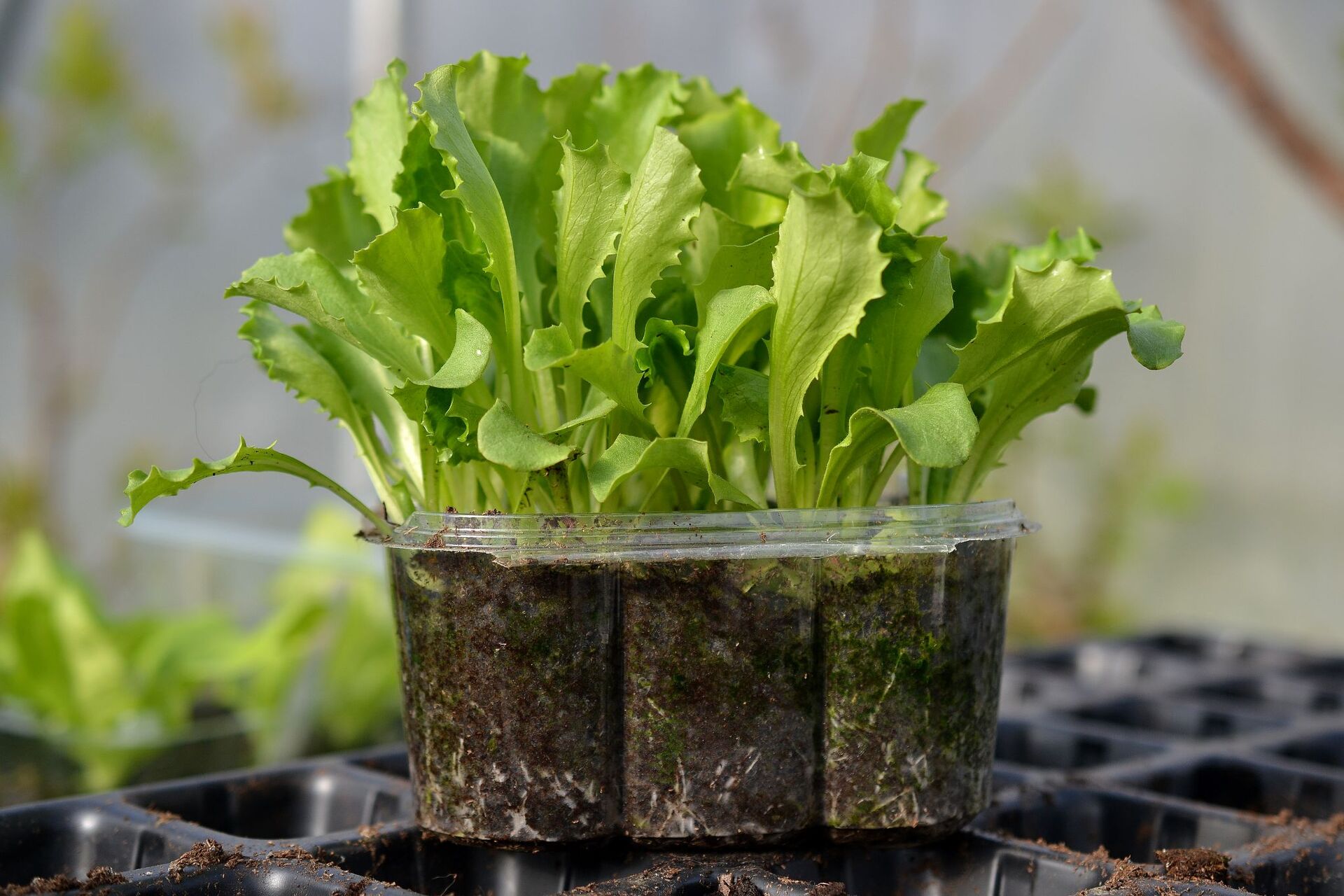

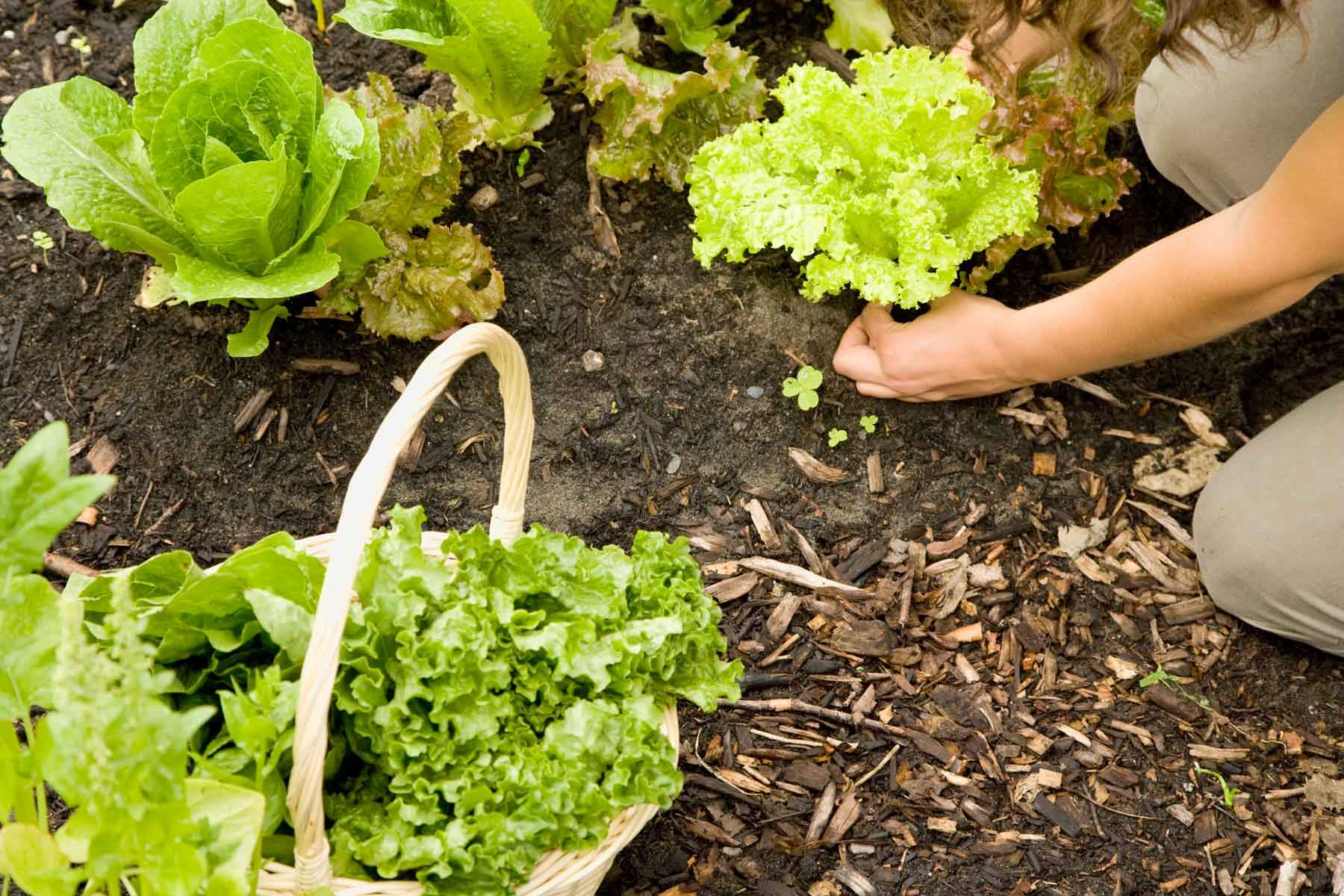
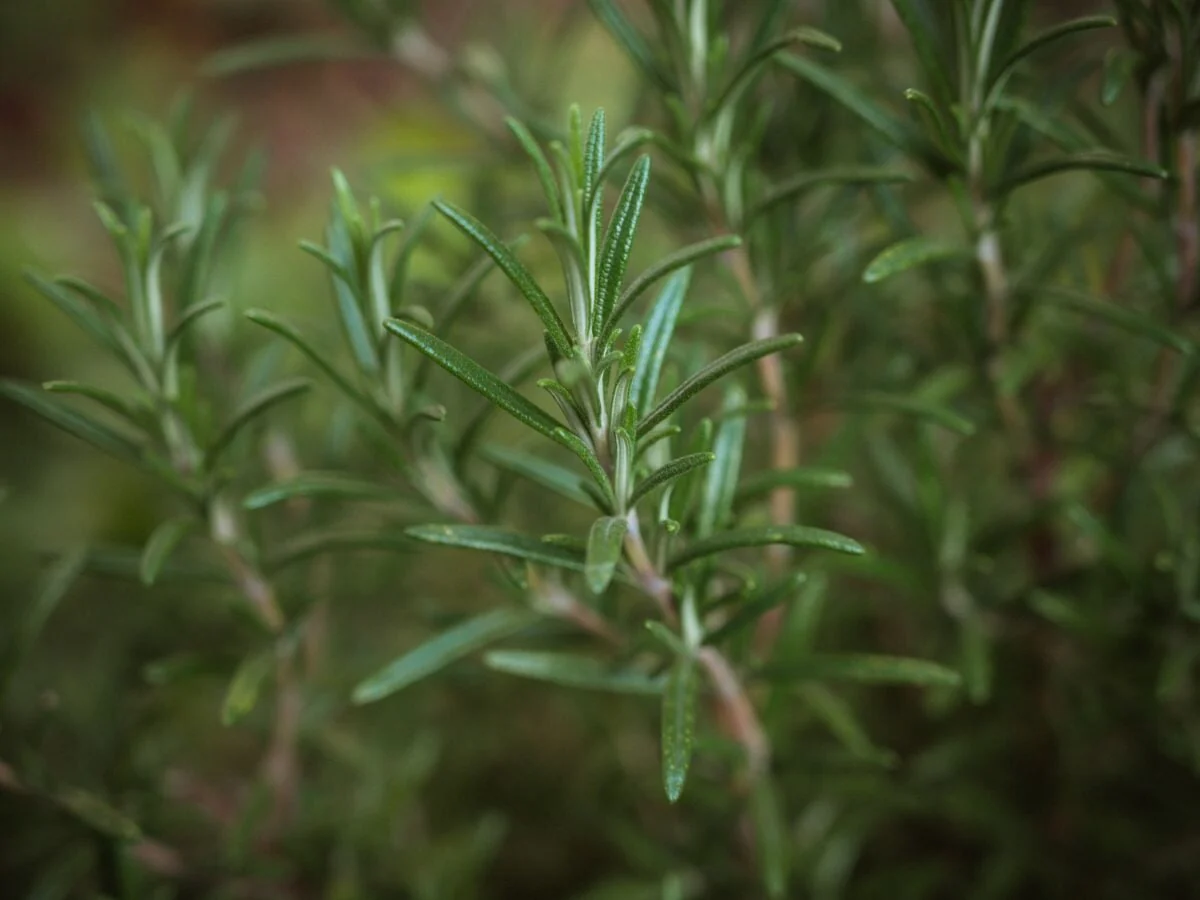
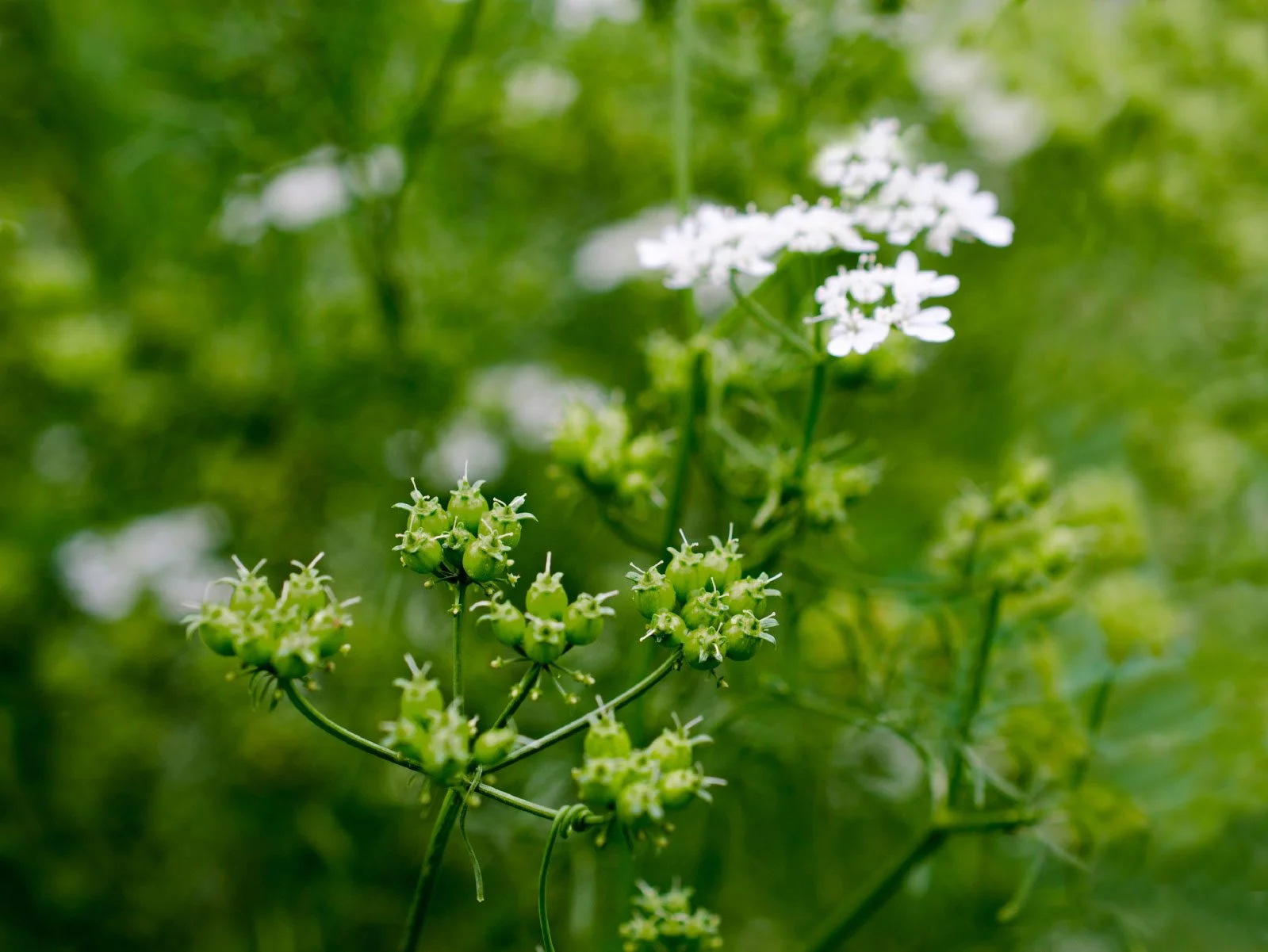
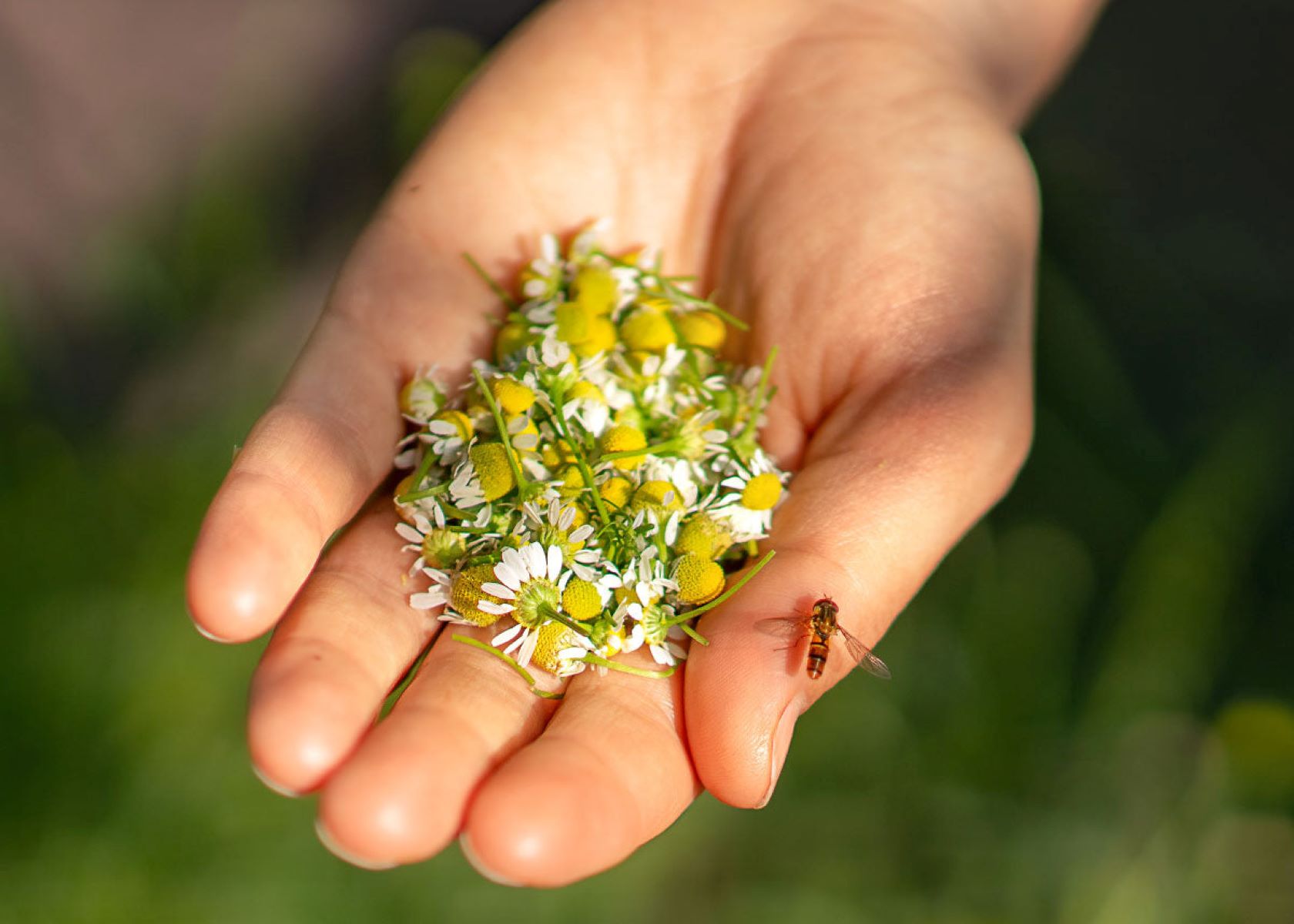
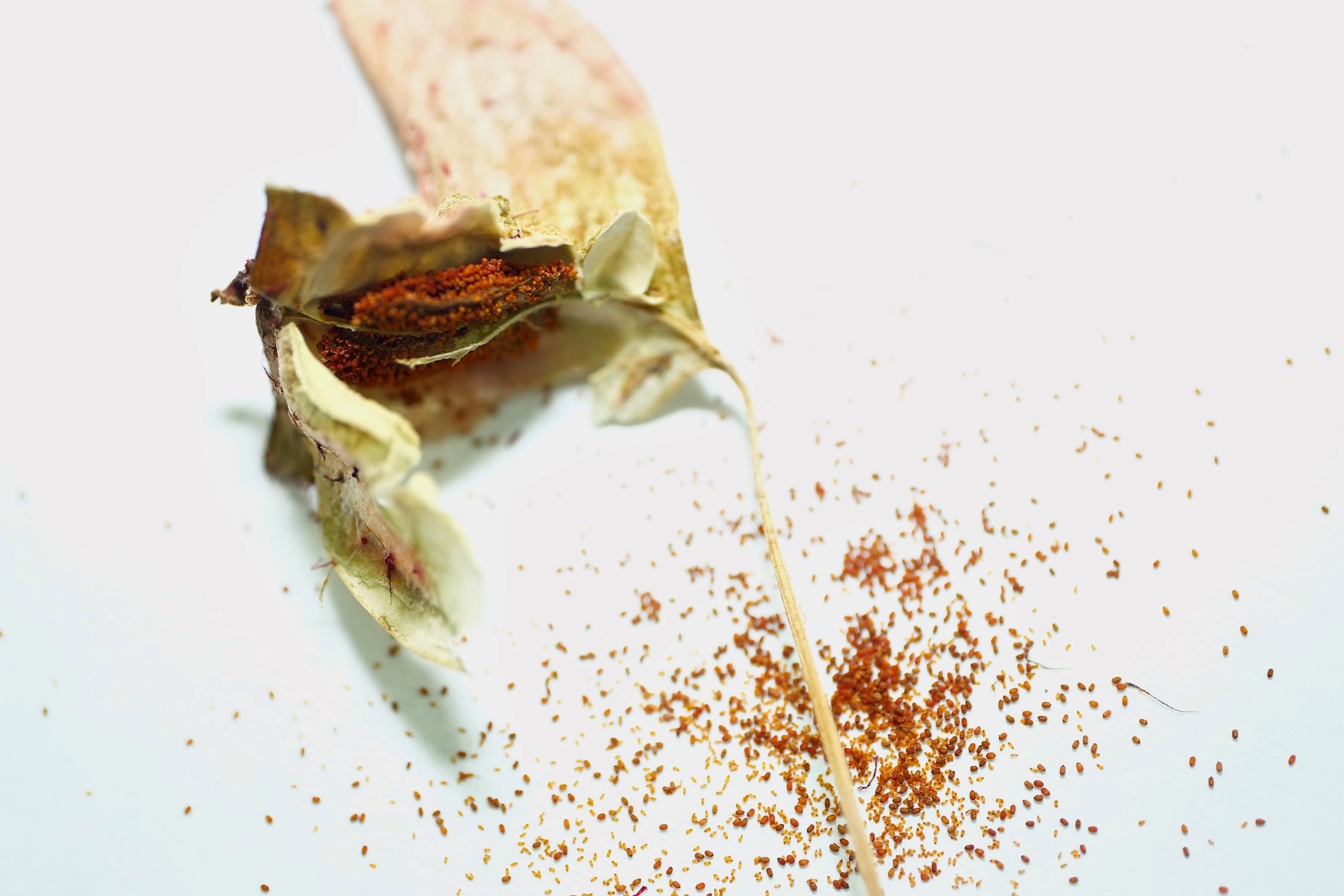
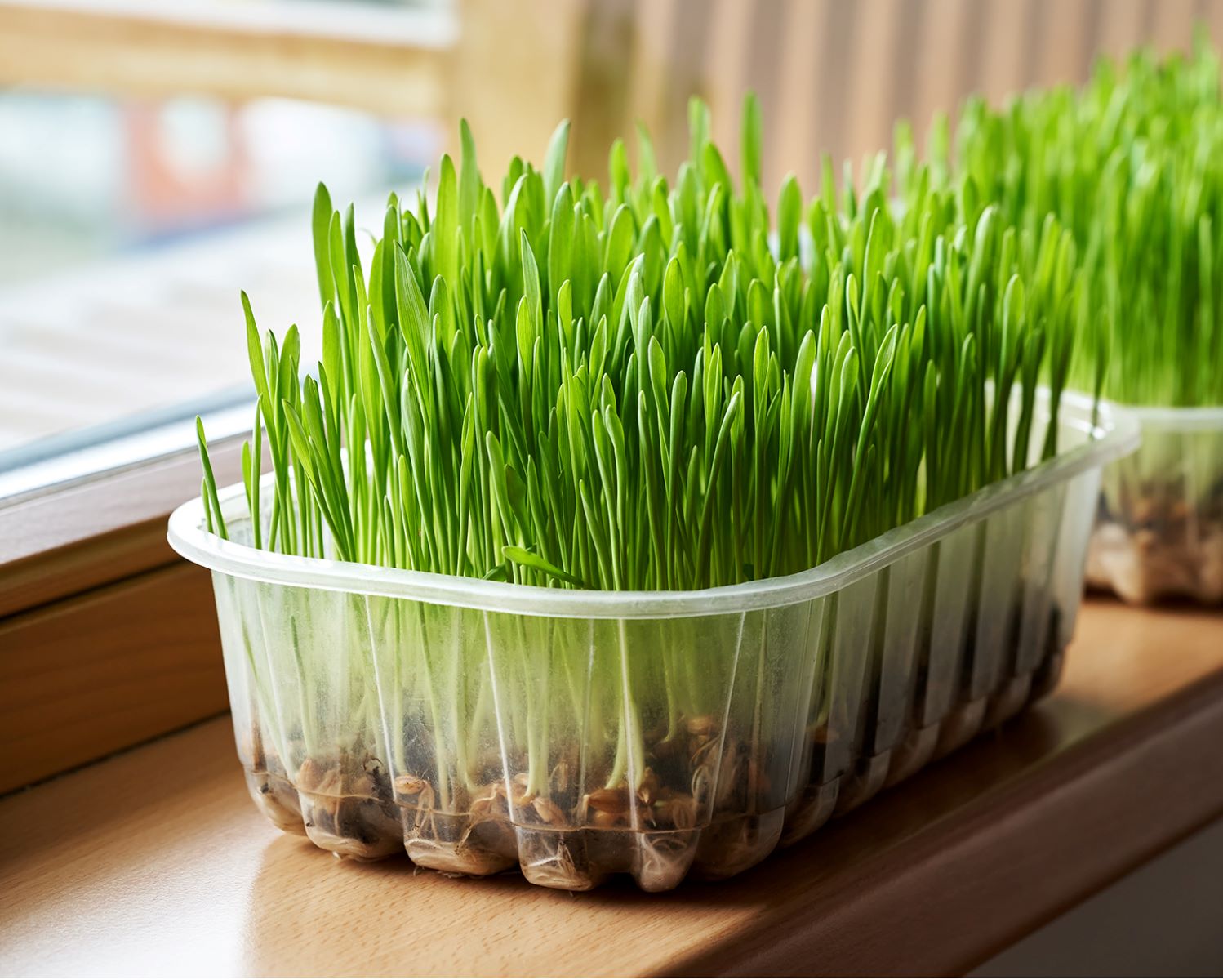
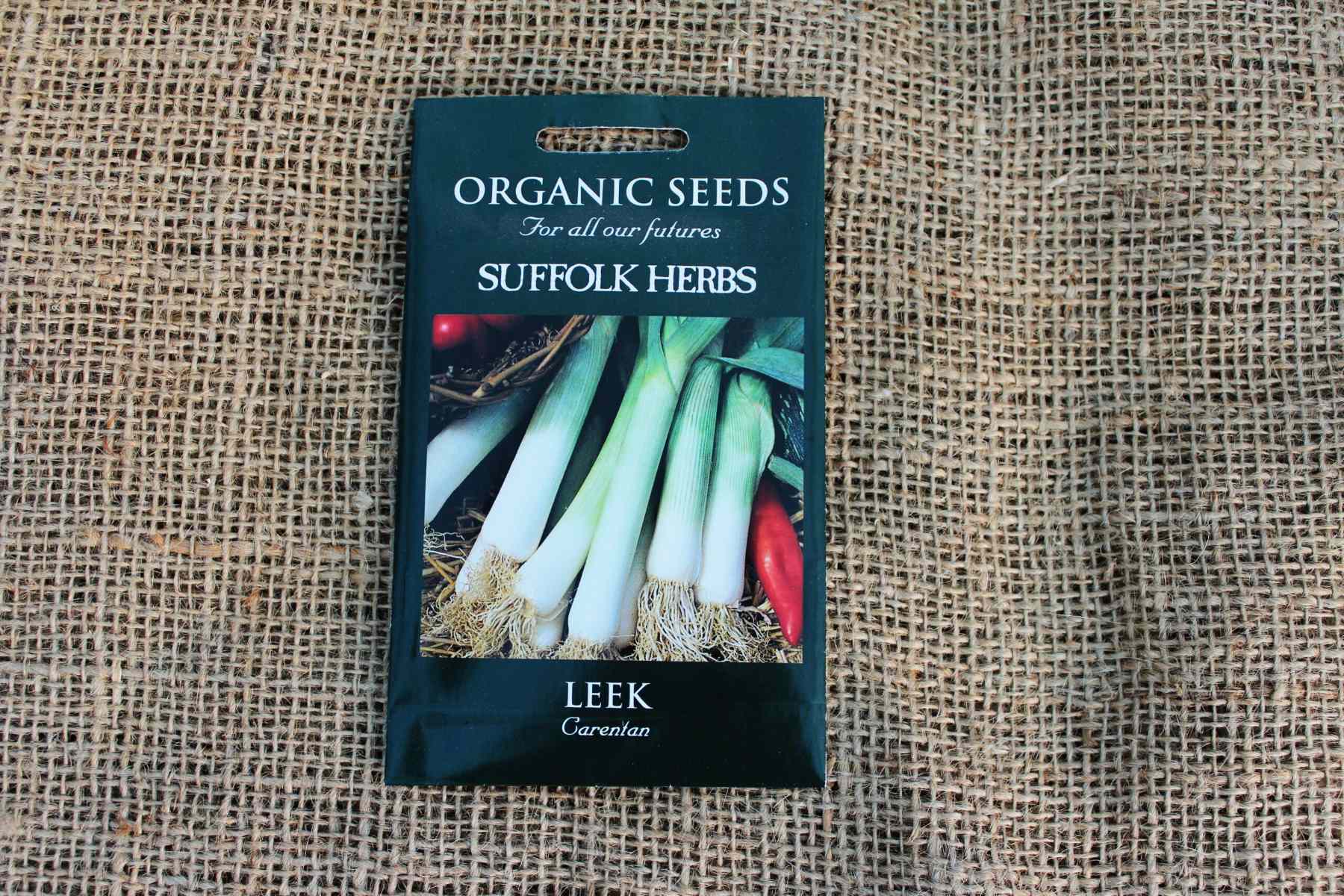
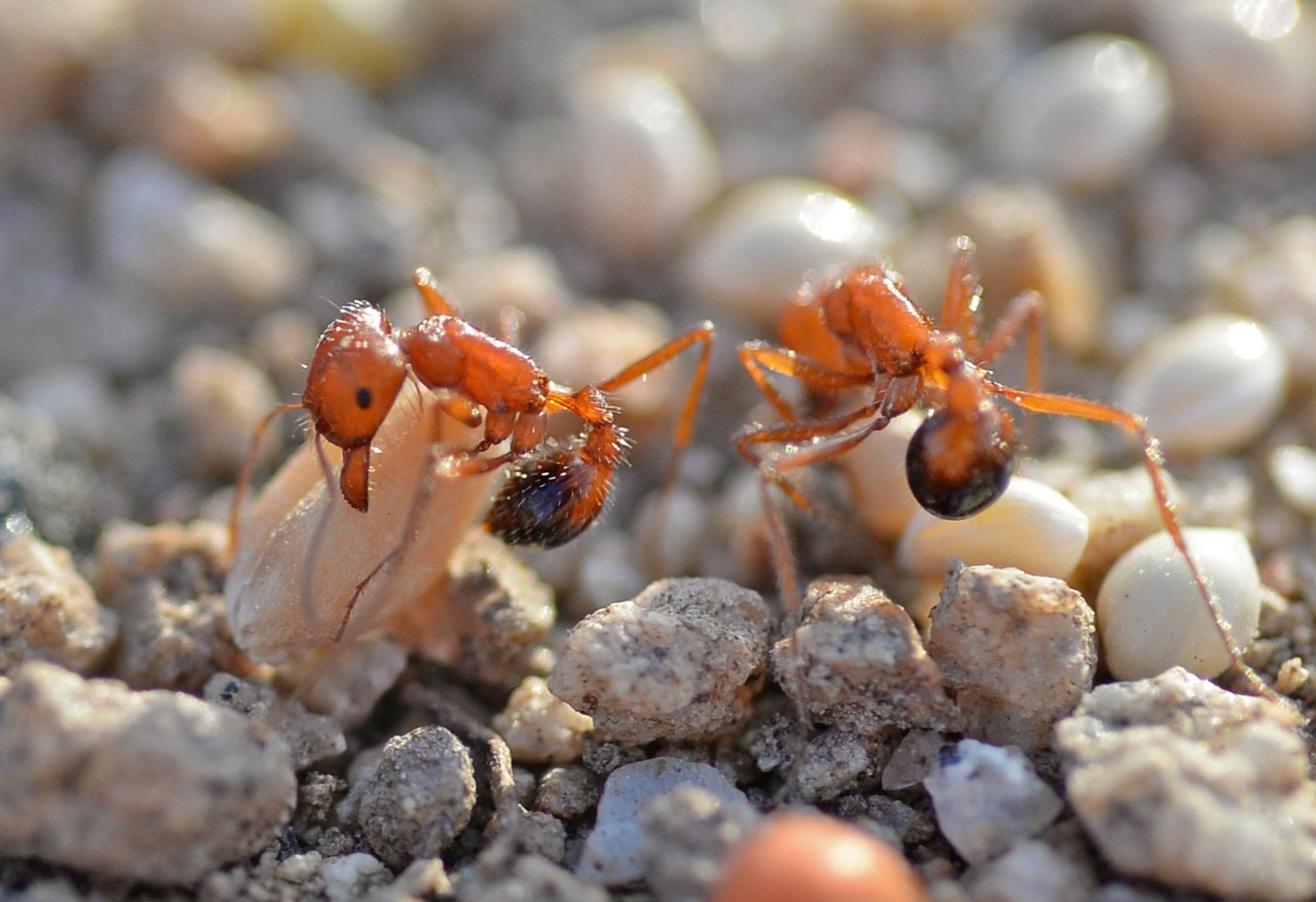
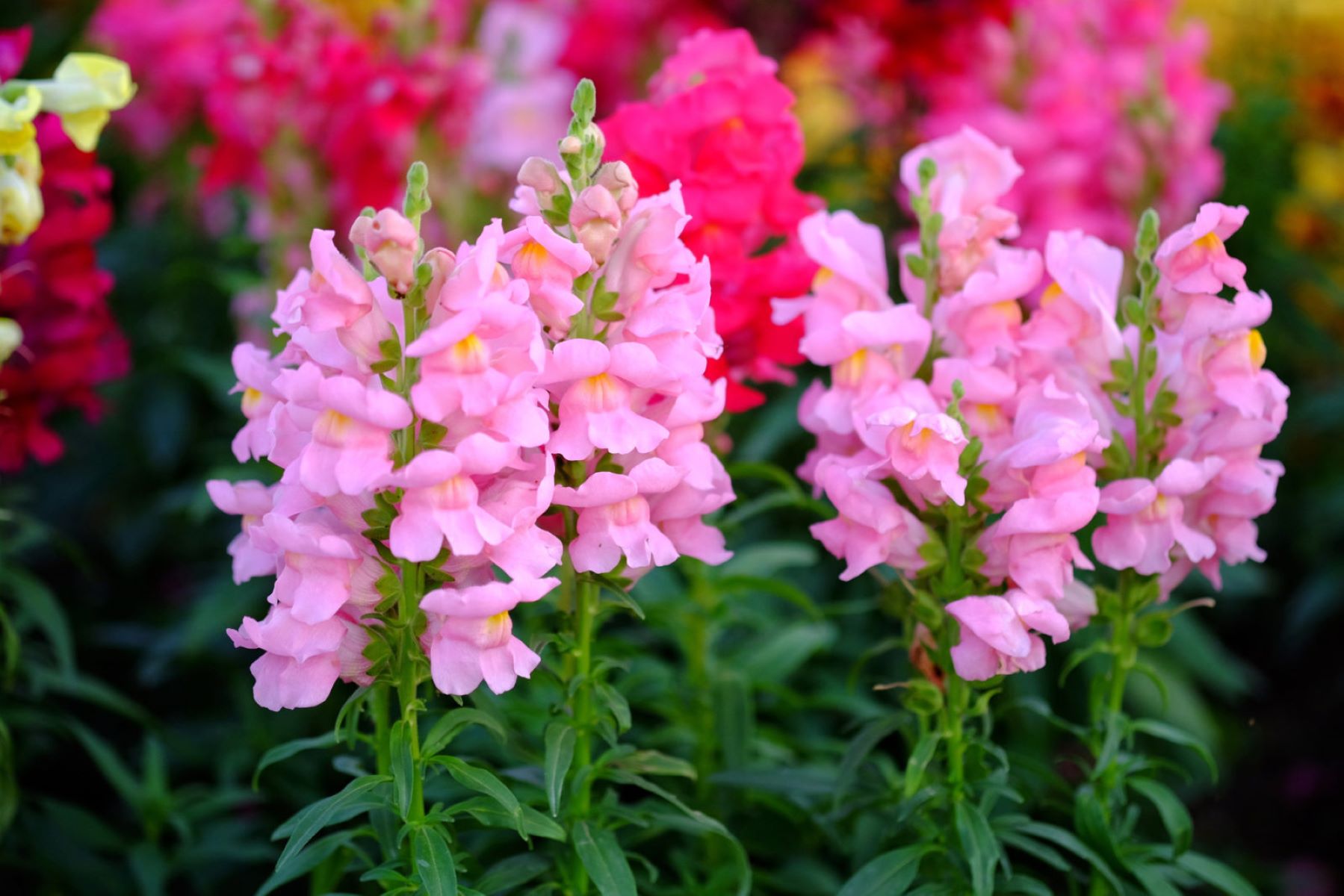

0 thoughts on “How To Harvest Seeds From Lettuce”